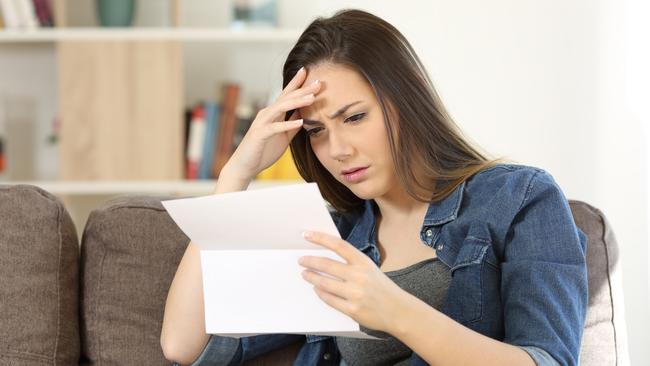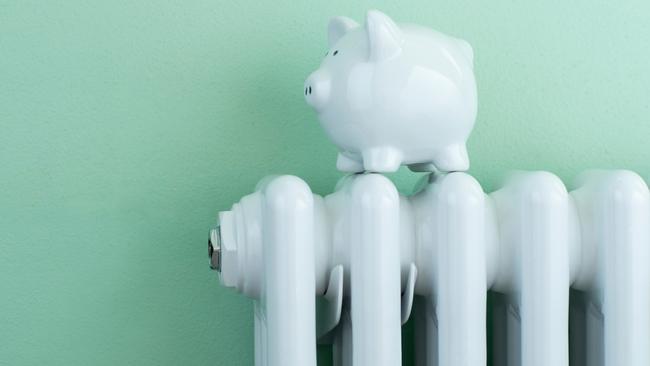Why South Australians pay more for energy bills
Across all state and territory capitals, the average electricity price has increased drastically over the years. But there’s a reason why South Aussies have suffered higher prices than others.

National
Don't miss out on the headlines from National. Followed categories will be added to My News.
Since 1980, Adelaide’s consumer price index has risen by 436 per cent, which is very close to the national average.
Over the same time, the cost of electricity in Adelaide has gone up 1036 per cent.
Across all state and territory capitals, the average electricity price increase has been 862 per cent.
These calculations are based on Australian Bureau of Statistics data. There are no statewide figures.

What can we deduce from this information?
Well, if you accept that electricity has endured more than its fair share of government intervention – which I would suggest is indisputable – then we can conclude that these efforts have made things worse, not better, across the nation.
About twice as bad.
We can also make a case that South Australians in particular have been let down, given prices have accelerated so much faster in Adelaide than in other cities.
When you delve more deeply into the price data, it shows that the gap between electricity and all costs has expanded more rapidly since 2008.

One of the big drivers of price increases over the past 15 years has been network upgrades. Improving the reliability of your power system makes abundant sense if it is the difference between hospitals and businesses being able to operate properly or not.
But in some instances in Australia, network upgrades did little more than protect us against soft ice cream once a year. And we paid a fortune for that protection, because the bill for upgrading the network was recouped through higher charges.
Environmental schemes and incentives have been another source of upward pressure.
As an example, overly generous feed-in tariffs were offered to encourage people to put solar on their rooftops.

These incentives were funded by increasing bills, including those of people who couldn’t afford solar.
But too much was installed. Since 2020, in SA, rules have required solar inverters to be able to be switched off remotely to protect the stability of the grid.
Another major factor in price rises has been inconsistency in approach. Prior to the 2007 federal election, both Labor and the Coalition were proposing emissions trading schemes as a means of shaping the market to address concerns about climate change.
Since then, the two big political parties have been at war over energy policy.
It cost more than one prime minister their job. And it has cost you a lot as well.
I wish I could say that the situation looks set to improve. But it doesn’t.
More Coverage
Originally published as Why South Australians pay more for energy bills





